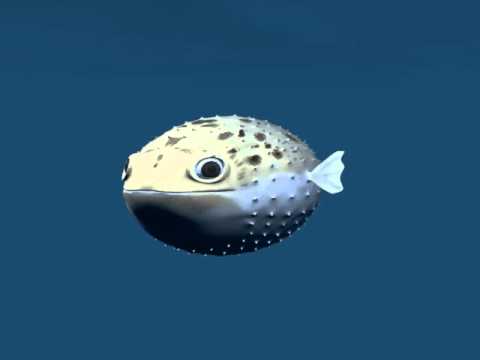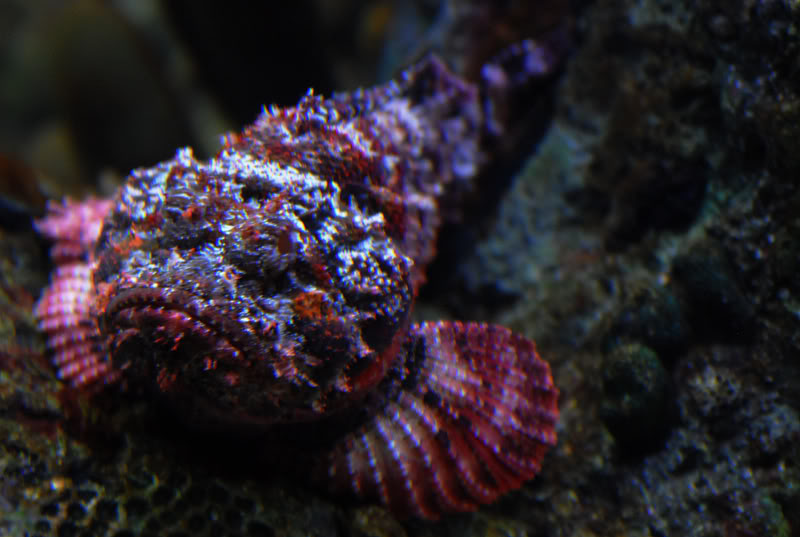
Halimochirugus alcocki
FAMILY
Triacanthodidae
TAXONOMY
Halimochirugus alcocki Weber, 1913, Arafura Sea.
OTHER COMMON NAMES
Japanese: Nagakawamuki.
PHYSICAL CHARACTERISTICS
Elongate body; the snout is tubular and elongate. There are six
spines and 12–13 soft rays in the dorsal fin; the third spine is
minute and protrudes through the skin, whereas the remaining
spines lie beneath the skin. The anal fin has 11–12 soft rays.
Grows to 6.7 in (17 cm) in total length.
DISTRIBUTION
Western Pacific from central Japan south to the Philippines
and Indonesia.
HABITAT
A bottom-dwelling tropical and subtropical marine species at
depths of 1,280–2,001 ft (390–610 m).
BEHAVIOR
Not well known.
FEEDING ECOLOGY AND DIET
Not well known but probably feeds on small benthic invertebrates
that it takes with its tubelike snout.
REPRODUCTIVE BIOLOGY
Not well known but likely has demersal eggs and pelagic larvae.
CONSERVATION STATUS
Not listed by the IUCN.
SIGNIFICANCE TO HUMANS
Not significant as a food, sport, or aquarium species; of scientific
interest, warranting further investigation.
Other popular Animals
Photo Gallery of - Spikefish





 Animalia Life
Animalia Life